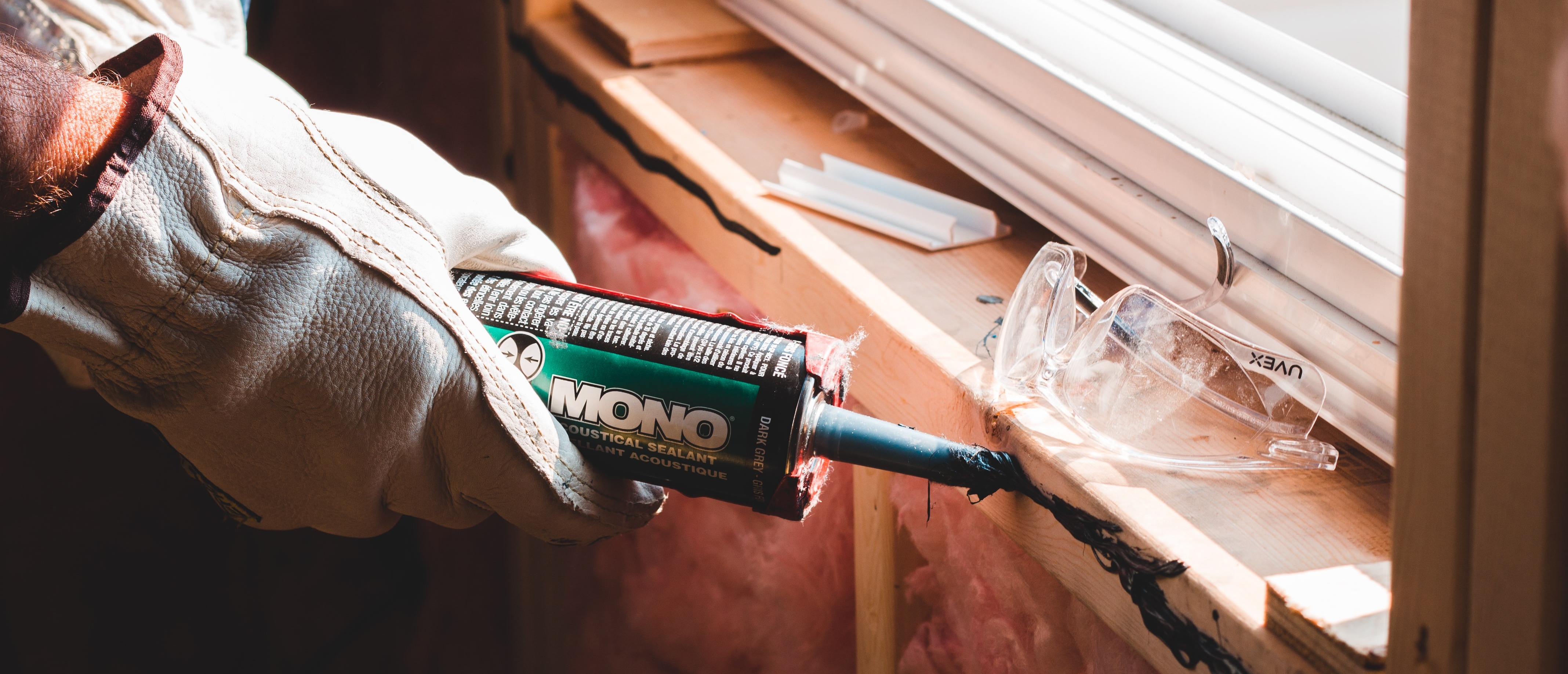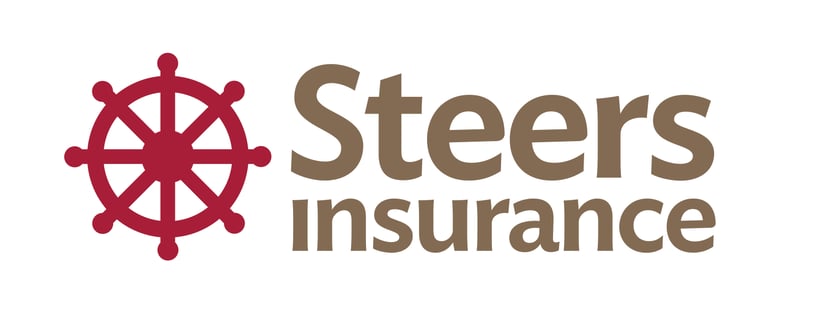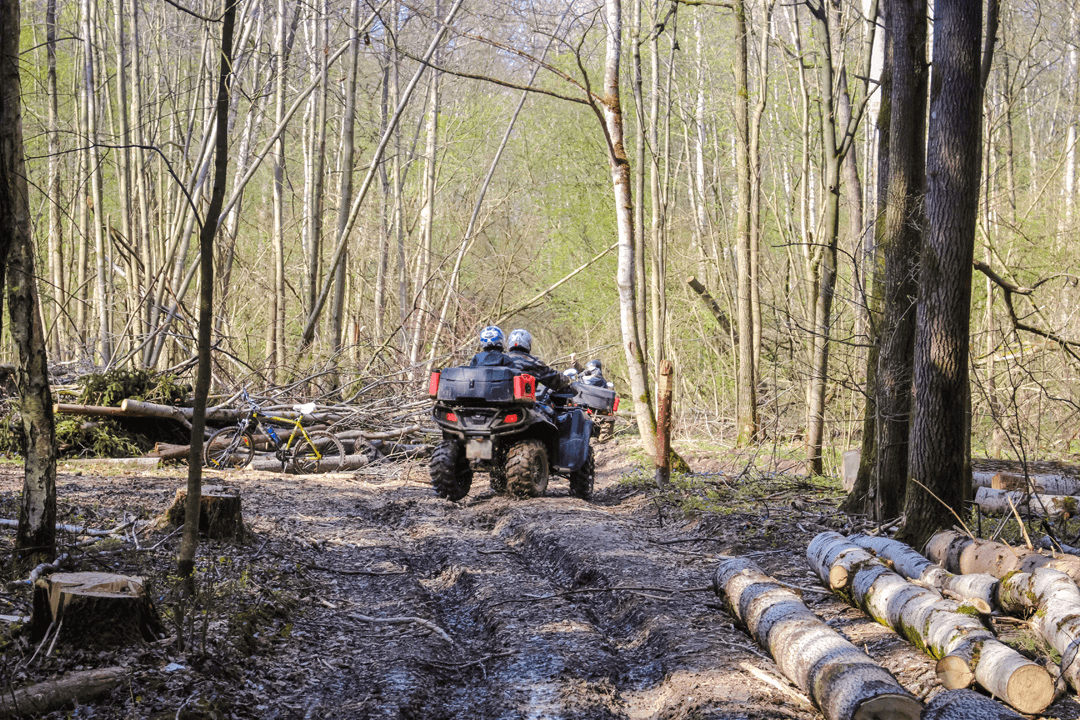Being proactive certainly has its benefits, but some planning and organization are usually required. Therefore, many wait for something to happen before taking steps to rectify the situation. We will consider the factors required and suggest simple methods so that you do not incur unnecessary costs and downtime because of a lack of preparation. It doesn’t all need to be complex, but there are things to keep in mind.

Preventative maintenance involves regular and routine maintenance of equipment and assets to keep them operational. The goal is to prevent costly repairs after the fact and unplanned downtime. Although reactive maintenance tasks are bound to happen, you minimize those risks when you take steps to be proactive.
There is a systematic approach that one needs to take. Depending on the use and situation, you may organize tasks and services to be done by timeframe or by usage. (e.g., every six months vs every 800 km or 100 operating hours). Creating this schedule can be a daunting task and can leave some overwhelmed. However, it doesn’t need to be complicated. For example, a regular maintenance schedule can be created and followed with some research and planning.
An excellent first step is assessing and inspecting your home, vehicle, or building. Start with the
necessary documents and information (service and repair history, floor plans and previous issues). Then look for concerns that will need to be top of your list. Getting this together and determining your needs may take some time, but you will have formed a prioritized list of items required. Then you can start to perform or schedule the preventative maintenance to be done.
Both time-based (seasonal, etc.) and usage-based approaches work well for commercial buildings. An example of a usage-based task is to inspect belts every 100 hours of production. For time-based, different maintenance requirements may come up each season, so it’s best to schedule those tasks by time of year. In Winter, you will be preparing for frigid temperatures and snowfall. For Spring, you will be checking for any damage done during Winter. Most of this will be common sense, but here is a good reference checklist.
You will need to do the same for residential buildings. You should do some monthly tasks, such as
checking that indoor and outdoor air vents are not blocked. And seasonally, you will want to clean the leaves from eavestroughs and winterize cottages and campers. Ensure your heating or cooling systems are up to standard before a failure occurs. You can use this checklist as a guideline.
As for vehicles, you will need to perform standard maintenance tasks at different intervals. Looking at your car’s manual will assist with this, and the advice of a trusted mechanic. Regular maintenance will improve your vehicle’s reliability and performance. Inspecting tires, topping up fluid levels when necessary, and undercoating can save you money in the long run. You can find some other examples of maintenance tasks here. So, take some time and plan out your scheduled preventative maintenance. By taking this practical approach, you will have a well-run commercial or residential building and vehicle without impacting safety or performance.
As always, the team at OTC Insurance is here to help ensure you have the right coverage for your needs. Reach out to us with any questions you may have or take advantage of our no-obligation insurance assessments.


 ;
;
 ;
;
 ;
;
 ;
;
 ;
;
 ;
;
 ;
;



